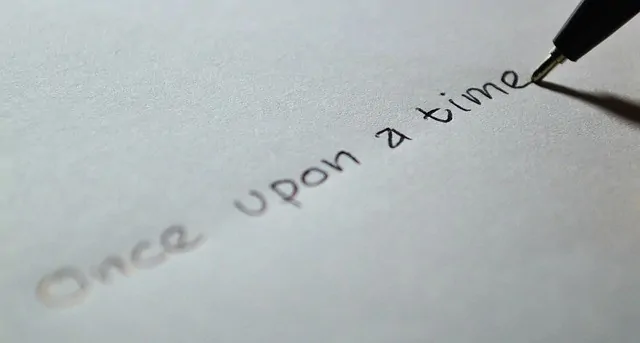What video should you have on your business website? That is a great question. One that depends on what you want to do with it. Many of our clients tell us they want to create a video to tell their story. But, telling the story isn’t what they really want. What they really want is to increase the number of incoming calls or increase sales. That’s what they really want. We’ve worked with hundreds of clients and have found the best way to get what they really want is to ask a lot of questions.
One of the questions we like to ask is, “Why are you making this video?” It helps us understand the purpose and end goal of the video. If you are looking for more phone calls or purchases on a website, a direct call to action must be present. If you are looking for a feel good piece that shows the world some of the good you do, a call to action does not fit.
Another question we ask is, “How will you measure success once this video is complete?” This helps us understand some of why we are doing this and what will qualify as a success or failure. We want to work toward success and know what a failure looks like before we start.
So, what types of video should you have for your business in 2018? There are several types we’d recommend, but each business needs to identify which video needs to be created first and why. This list doesn’t mean you have to do all of them, rather, pick the ones that make the most sense for your business. That said, these are the business videos we are being asked to create for most businesses and the trends that match.
- Corporate About Us. Every business should have an About Us video. Here’s why. The first thing people do when searching for a business is research. That’s why Google will return information about a business or topic the first time you search. After that, Google assumes you want some more details and may return other sites that are more granular. During the research phase, your customers want to know who you are, can they trust you, and feel compelled to pick up the phone to call you. The About Us video answers the following questions: (a) Who is this company, (b) Can I feel comfortable working with them, (c) Can I trust them, and, (d) What experience do they have? Here’s an example.
- Testimonials. No one can tell your potential customers that you do a great job better than your existing customers. If you tell them, the potential customer will most likely think, “Yes, that’s what you want me to believe” or “Yes, that’s nice, but you’re trying to sell me on your services.” But, if your existing customer is on your website telling a potential customer how good of a job your business did for them, they’re more likely to believe it. Whether you create one video with several different people giving testimonials or several videos with one testimonial in each, your existing customer should be telling this story. Here’s a different way to share your client testimonials.
- Video Blogs. Also known as a vlog, a video blog is a way to show potential clients that you are professional, understand your business and how it helps your clients, and positions you as an expert. Pick topics that you know and title each video with a question or include terms that potential clients would search related to your business. For example, if one was looking to find a sales trainer, the potential client might search, “How do I improve my sales process?” If they search this and the title of your video is the same, you have a greater chance of showing up in the results than someone who posted the video titled, “Sales Information.” Here’s an example.
- Promotional Pieces. Promotional pieces are just that…a video to promote your business. More than that, a promotional video will provide a visual as to what you do. For example, if you are a kitchen cabinet manufacturer, you might consider a video that highlights the showroom (see video below). The promotional piece is the standard video you see on television, websites, and ads that run on YouTube, etc. These are expected by consumers, but don’t always make the difference in making the sale.
This would be our recommendation for the top 4 videos you should have for your business in 2018. If you were to ask us what other videos you could create, we would have a much longer list. Event videos, tour videos, product videos, animations, …and the list goes on. These are the minimum 3 or 4 every business should have.























